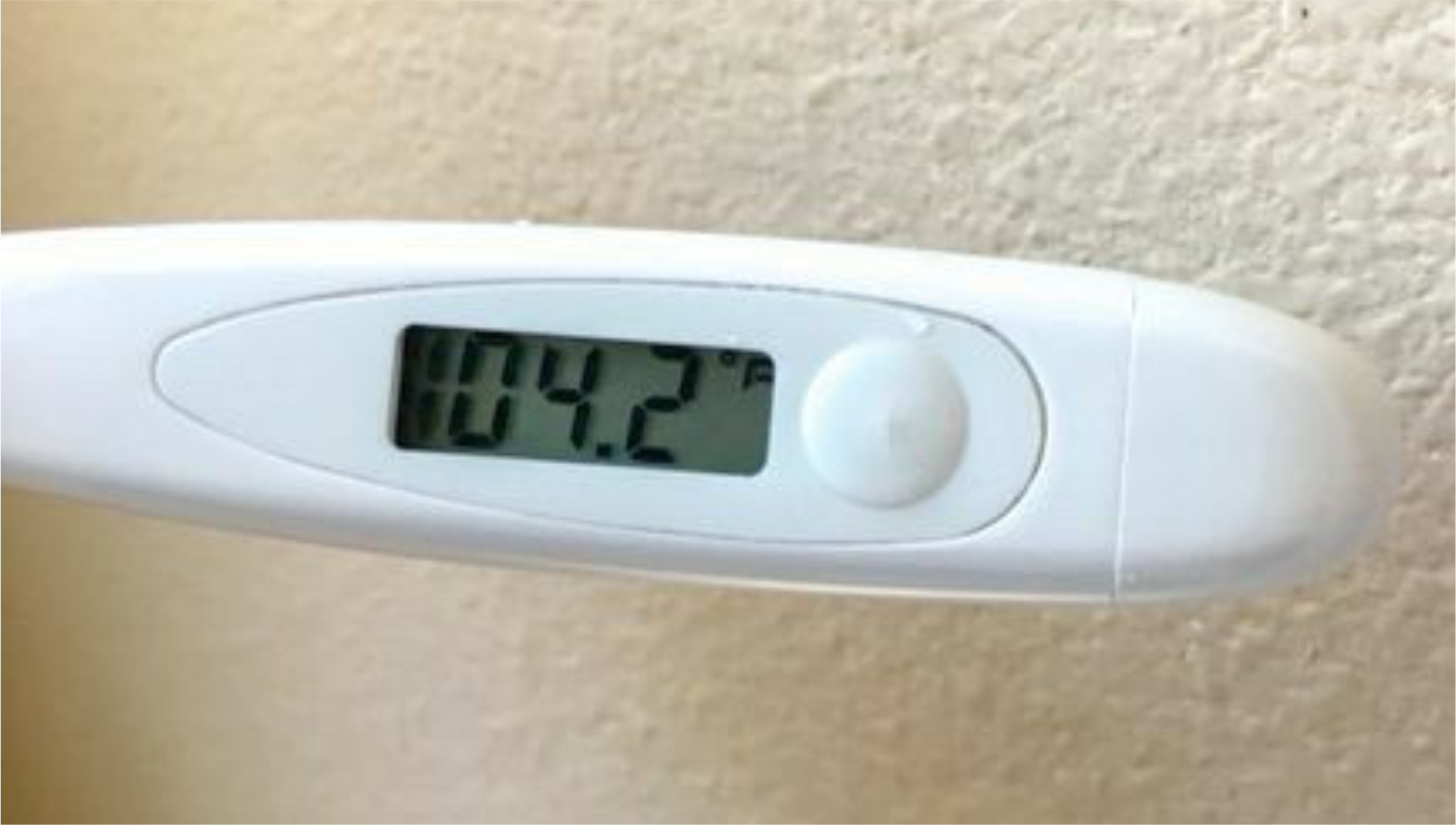Pure Butter
On the other hand, we denounce with righteous indignation and dislike men who are so beguiled and demoralized by the charms of pleasure of the moment, so blinded by desire denounce with righteous indignation
- Categories:
- Dairy

1. Giloy Decoction (Kadha): Mixing 1 tola of giloy decoction with half a tola of honey and drinking it 2-3 times a day is beneficial.
2. Carom Seeds (Ajwain) Powder: Chewing 2 to 4 grams of carom seeds powder with honey in the morning and evening can be beneficial.
3. Herbal Decoction: Prepare a decoction by combining dried fenugreek seeds, pitt papda, liquorice, and raisins. Adding honey to this decoction helps in reducing fever, burning sensation, confusion, and vomiting.
4. Neem Seeds: Crushing neem seeds and giving them to the patient after a gap of 2-2 hours helps in reducing internal fever and facilitates bowel movements. Neem promotes fresh blood formation and the circulation of new energy. If typhoid develops from malaria fever, there is no other affordable and easy treatment like neem.
5. Cumin Seeds: Grinding cumin seeds with water and applying the paste to the lips at intervals of 4 hours helps in reducing lip swelling and the occurrence of lip-related fever.
6. White Cumin (Safed Jeera): Adding 3 grams of white cumin to 100 ml of boiling water, straining it after 15-20 minutes, and giving it to the patient with a little sugar can help. Drinking this for 10-15 days continuously after the fever subsides helps in overcoming weakness, restoring appetite, and promoting a healthy metabolism.
After Typhoid Precautions:
1. For the first 8 weeks after the initial symptoms appear, keep the patient separate from healthy individuals.
2. Ensure vaccination for those in contact with the patient, boil milk and water, avoid raw fruits and vegetables, and sterilize any items touched or used by the patient.
3. Provide complete rest to the patient, and avoid unnecessary movement.
3. Provide complete rest to the patient, and avoid unnecessary movement.
4. Maintain cleanliness in the patient's bed and room. Change the bedsheet 1-2 days later. Expose the used bedsheet to sunlight throughout the day. Adequate sunlight and fresh air in the patient's room are essential.
5. Do not leave the patient alone, but avoid overcrowding in their room.
6. Keep track of the patient's stomach, bowel movements, urine, pulse, temperature, and daily water intake.
7. Rinse the patient's mouth thoroughly to maintain oral hygiene.
8. Apply "Boro Glycerin" if mouth ulcers or lip cracking occurs.
9. Soak a piece of cloth in turpentine oil, place it in 5 ml of warm water, and apply it to the patient's stomach for relief.
10. Cinnamon Oil: 2-3 drops of cinnamon oil mixed with glucose or other solutions given to the patient every 2 hours can help with bloating, stomach pain, and the formation of gas.
11. Kaolin Powder (Chini Mati Churna) or Anti-Flatulent mixed with warm water and applied as a poultice on the patient's entire abdomen can provide relief from bloating.
12. Close all doors and windows of the house to keep the patient's body warm and wipe them with lukewarm water. Prolonged lying on the bed can lead to bedsores, especially in the lower back, spine, and buttocks. Take precautions against this.
What to Eat and Avoid After Typhoid:
1. Provide the patient with a liquid, nutritious, light, and easily digestible diet, such as adding glucose to cow's milk.
2. In case of severe bloating or when medical treatment is delayed, feed the patient in small quantities.
3. Replace milk with buttermilk.
4. Offer the patient the juice of sweet apple.
5. Give the patient plain yogurt instead of milk.
6. If diarrhea persists, provide glucose.
7. Avoid any hard-to-digest foods."
Please note that this information is provided for informational purposes and should not replace professional medical advice or treatment. Consult a healthcare professional for proper guidance and treatment for typhoid.